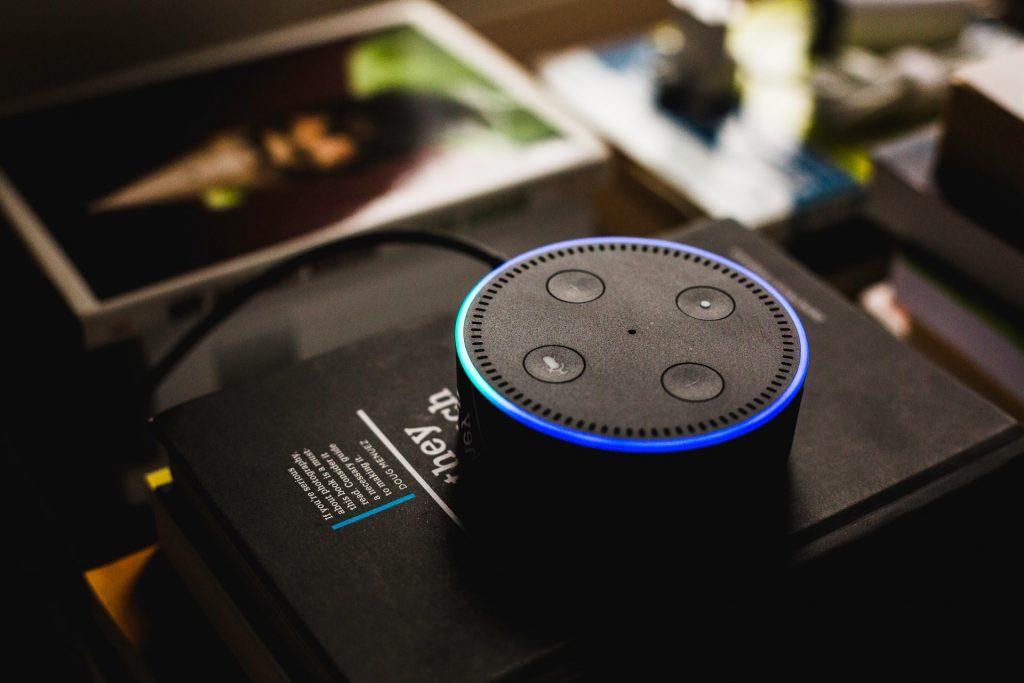How Does Speech Recognition In AI Work? Speech recognition applies to an algorithm that interprets and converts the words spoken into a format that a machine can understand. They then translated it into text, voice, or other requested medium, depending on the end goal.
For example, Siri and Alexa use AI’s voice or text service. While voice-to-text apps like Google’s Dictate transcribe the dictated words into text. Voice recognition is another way of granting a source sound that matches the voice of a human.
Recently, the number of AI apps recognized by speech increased as companies are embracing digital assistants to simplify their services. Voice helpers, smart home systems, search engines, etc. are some examples of voice recognition. They forecast the global speech recognition market at 17.2 percent CAGR and reaches 26.8 billion dollars by 2025 as per research and markets.
Recognition of speech and AI
Speech recognition is quickly using AI and machine learning. To ease the difficulties of inadequate recording facilities. For instance, cancellation of noise, speech patterns, tone, dialect, semantics, situations, etc.
This also involves difficulties in reading human readiness. Besides, different aspects of human language such as symposiums, acronyms, etc. In contrast to the conventional speech recognition models which match normal human conversation, it can now offer a 95 percent accuracy.
Moreover, with the firms that support it and use speech recognition is now an appropriate format of communication. The majority of search engines are estimated to use voice technology as an important part of their search.
Speech Recognition and Natural Language Processing (NLP)
The NLP is a section of artificial intelligence into machine-readable data. Which includes the analysis and conversion of natural language data. In NLP modeling, speech recognition and AI are to improve the quality and effectiveness of the recognition of human expression.
Digital assistants who can set recorders, schedule meetings, recognize song performances in a bar. Further, search engines that answer user requests with the search results have become vital elements of our lives. Besides, you can turn them on and off remotely, as smart home appliances and devices.
Use Cases of Speech Recognition
Let’s discuss the apps in various fields for language recognition:
(1) Spoken voice recognition apps for buying, sending letters, transcript sessions, physician visits, and court hearings, etc.
(2) In order to answer questions, weather reports, play music, control traffic, put orders, etc. These digital assistants and Smart Home systems use voice recognition apps.
(3) Companies such as Venmo and PayPal allow consumers to transact with voice support personnel. Several banks now provide online banking. They now use voice-based apps in North America and Canada.
(4) Ecommerce driven by voice-based helpers and enables consumers to buy with ease and comfort.
(5) Recognition of speeches would transport networks and rationalize planning, routing, and navigation in towns.
(6) The speech recognition can transcribe podcasts, sessions and interviews with journalists. It also serves to provide precise video subtitles.
(7) Protection by voice biometry has had a significant effect. As the tech analyzes the different frequencies, tones, and lengths of a person’s voice to build a voice profile. Swisscom is an example of this, they avoid violations by voice authentication technology at its call centers.
(8) The AI-based voice assistants and chatbots track customer services for the automation of repetitive tasks.

